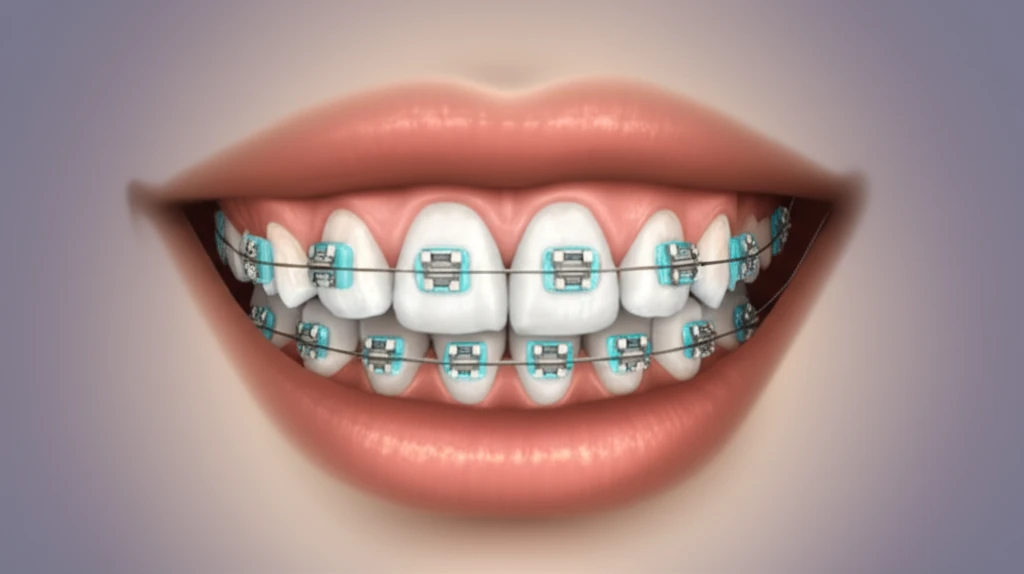
Smile Savers: Understanding Dental Separators and Their Impact on Your Orthodontic Journey
"From Brass Wires to Modern Marvels: Exploring the Evolution and Importance of Dental Separators in Achieving a Perfect Smile"
Embarking on an orthodontic journey is an exciting step toward achieving a confident smile. While the thought of braces or aligners might be the first thing that comes to mind, there's a crucial preparatory stage that often goes unnoticed: the use of dental separators. These small, unassuming devices are the unsung heroes of orthodontics, quietly creating space and setting the stage for a successful treatment.
Dental separators are essentially tiny tools used to create space between teeth, primarily in preparation for orthodontic appliances like braces or bands. This seemingly simple task is vital because it allows orthodontists to properly position bands or other components, ensuring that the teeth can move into their desired positions without causing damage or discomfort. Without this initial step, the rest of the treatment could be compromised.
This article delves into the world of dental separators, exploring their history, the various types available today, and why they're so important for achieving a healthy, beautiful smile. We'll uncover the evolution of these tools, from their humble beginnings to the advanced designs used in modern orthodontics, and how they contribute to a smoother, more effective treatment experience.
A Journey Through Time: The Evolution of Dental Separators

The story of dental separators begins with simple, yet effective, solutions. Early separators, often made of brass wires, were the pioneers in this field. However, they came with their own set of challenges. The thickness of the wire could cause discomfort, and the forces generated weren't always predictable. This led to a need for more refined and patient-friendly options. As time passed, innovations in materials and design led to more sophisticated separators.
- Brass Wire Separators: Early separators known for their simplicity, but can be uncomfortable and unpredictable.
- Elastomeric Separators: Rubber separators are widely used for their ease of use and gentler action.
- Self-Secured Spring Separators: A more advanced option which provides an effective and comfortable solution for separation.
Embrace Your Smile: The Importance of Dental Separators
Dental separators, though small, play an outsized role in your orthodontic journey. By understanding their purpose and evolution, you can appreciate the care and precision that goes into creating a healthy, beautiful smile. As you progress through your treatment, remember that these tiny tools are working diligently behind the scenes, paving the way for a confident, radiant you.
